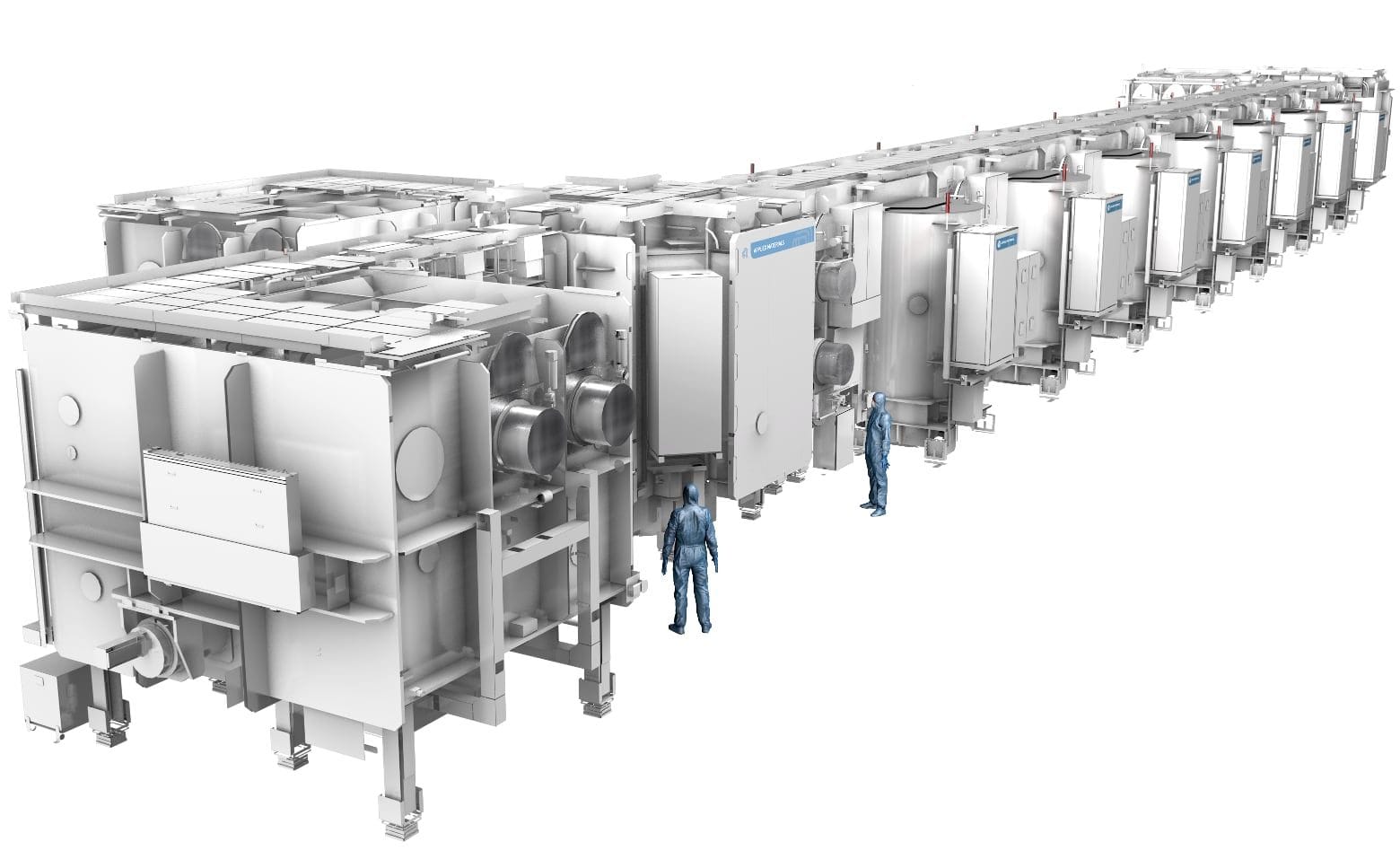Applied Materials has revealed an innovative manufacturing technology called MAX OLED, which aims to transform display technology for smartphones, tablets, PCs, and televisions. Major players in the industry, such as Samsung Display, Visionox, and Japan Display (JDI), have already pledged to implement this groundbreaking solution.
Enhanced Display Features
MAX OLED features a unique pixel structure and a maskless manufacturing method that allows for brighter, more durable, and energy-efficient OLED displays. Applied Materials asserts that this technology can enhance brightness by up to three times, improve resolution by 2.5 times to approximately 2,000 PPI, and cut power usage by 30%. The most remarkable aspect is that it could increase the lifespan of displays by five times compared to what is currently available.
Simplifying Production
This new technology simplifies the transition of OLED production from Gen 6 glass substrates to larger Gen 8 substrates, effectively doubling production efficiency. Furthermore, it enables manufacturers to create OLED panels of various sizes—from AR/VR headsets to large televisions—all within the same facility.
Samsung Display, Visionox, and JDI are all on board as initial partners, with Visionox and JDI anticipated to be the first to bring this technology to market. Both Visionox’s ViP initiative and JDI’s eLEAP program are reportedly in sync with MAX OLED advancements, indicating swift progress in their OLED offerings.
Industry Impact
Samsung Display, a leader in RGB OLED technology, is also adopting MAX OLED. With its vast resources and strong market presence, Samsung is well-equipped to implement this technology across a broad spectrum of devices.
Dr. Brian Shieh, Group VP and GM for the Display and Flexible Technology division at Applied Materials, highlighted the potential of this technology:
The consumer electronics market has been anticipating a breakthrough that could integrate OLED technology into the millions of tablets, PCs, and TVs sold annually. We are excited to collaborate with Samsung Display to introduce this innovative technology on a global scale.
Ross Young, CEO of the analytical firm DSCC, pointed out the importance of Samsung Display’s role:
SDC has the financial strength to increase production capacity more rapidly than its competitors, fully realizing the potential of MAX OLED technology, and could scale it from 1” for AR/VR to any size OLED TV in one facility if they choose.
Potential for Disruption
This advancement may significantly alter OLED manufacturing, which has traditionally depended on fine metal mask (FMM) deposition methods. The maskless approach of MAX OLED simplifies processes and reduces expenses, potentially making high-performance OLED displays more accessible for mid-range and entry-level products.
Applied Materials’ MAX OLED solution arrives at a time when the display sector is looking for methods to enhance scalability and lower production costs. While the initial investment required for this technology is high—current Applied solutions are priced at $500 million or more—the long-term advantages could surpass the upfront expenditures.



Leave a Reply